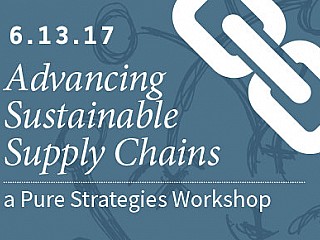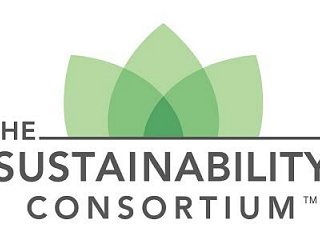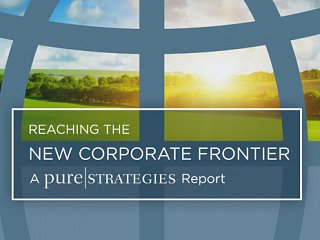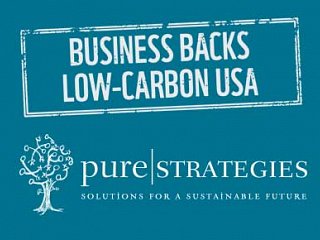Sustainable chemical management is a critical component of a healthy and circular future. Chemical footprinting and the CFP help advance that concept and as a result, play a key role in helping us reach a healthy and circular future.
Read on…Clean Label efforts provide food manufactures and brands an opportunity to engage their supply chains and at the same time gain consumer trust and build healthier and more sustainable products. The strategy a company deploys to align its product development, quality, safety units and how it engages externally with suppliers is critical to driving clean label projects across the business.
Read on…Pallets are ubiquitous in the economy. RM2, in collaboration with AT&T and Pure Strategies, is shifting the industry, using smart design, new materials, and improved management to enhance performance and lower the impact of pallets.
Read on…Carbon farming offers a cost-effective way to draw down carbon from the atmosphere. No new technology is needed, no moon-shot innovation, just regenerative agricultural practices. Carbon farming is also key to reducing soil loss.
Read on…In tandem with the rise in interest in green chemistry, companies are increasingly looking to gain business value from sustainable chemicals management. However, shifting to a program aiming for safer materials demands program changes that many struggle to achieve.
Read on…There is a lot going on in agriculture today. We see producers focusing on increasing yields, improving animal care, and reducing the toxicity of pesticides. The pollinator protection movement is fascinating; I am also seeing an explosion of interest in healthy soils.
Read on…Consumer interest in sustainability is steadily climbing, with 78% of U.S. consumers saying that they feel better when they buy products that are sustainably produced. Is there an opportunity to bring sustainability into private brands to differentiate them and give them a needed sales boost?
Read on…CDP found that leaders have greater supply chain engagement contributing to their 67% higher return on equity and 50% lower volatility of earnings. To help companies build and improve their programs and achieve these gains, Pure Strategies is offering a June workshop that will explore best practices in sustainable sourcing and supply chain engagement.
Read on…A new Pure Strategies report, “The Power of Chemical Footprinting: Radio Flyer Unlocks Their Safer Materials Strategy,” demonstrates the power of understanding corporate chemical footprints as a platform for crafting and advancing a proactive approach to chemicals management.
Read on…National leaders in sustainable chemistry gathered at the Green Chemistry in Commerce Council (GC3) annual meeting hosted by Steelcase in Grand Rapids, MI this week to share inspiration, insights and explore the future of the field. Sally Edwards of UMass Lowell and I facilitated a workshop on the business case for The Chemical Footprint Project (CFP).
Read on…Challenges to optimize the package’s end-of-life may persist that call for collaboration and new solutions with suppliers, competitors, and waste stream partners. TSC may be able to play a role in enabling these approaches and this was explored during the workshop.
Read on…Pure Strategies’ latest research reveals growth in corporate spending in sustainability; more than 80 percent of surveyed companies expect a budget increase from 2016 to 2017 with a third anticipating double-digit growth.
Read on…Harmful materials present a significant barrier to shifting many products and supply chains to sustainable and circular economy solutions.
Read on…What better time to benchmark your sustainability program than the start of the year? Evaluating whether your program is following best practices can spur improvement and provide justification for prioritizing initiatives.
Read on…Climate change presents the critical challenge for our time. The measure of our response will determine the quality of life for generations to come. All of us — individuals, business and government leaders, scientists and educators — must make addressing climate change a priority.
Read on…















